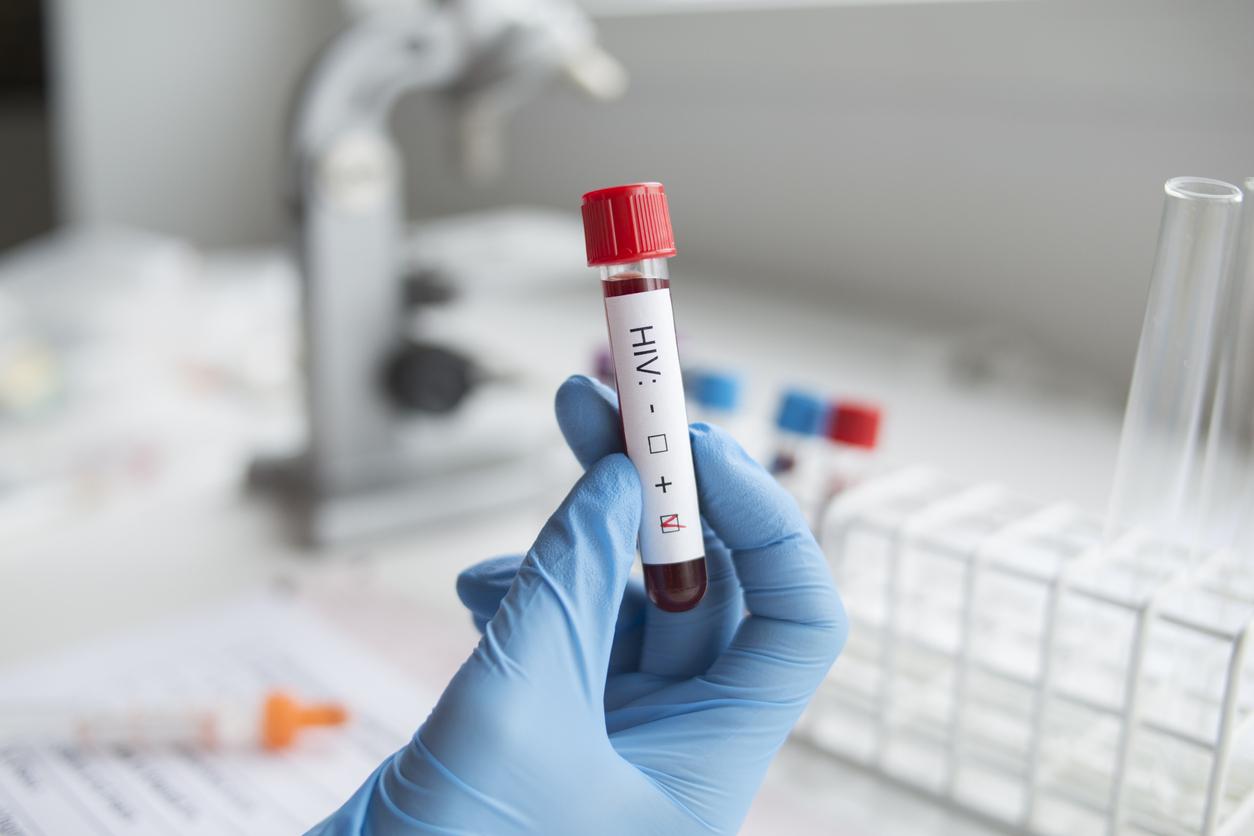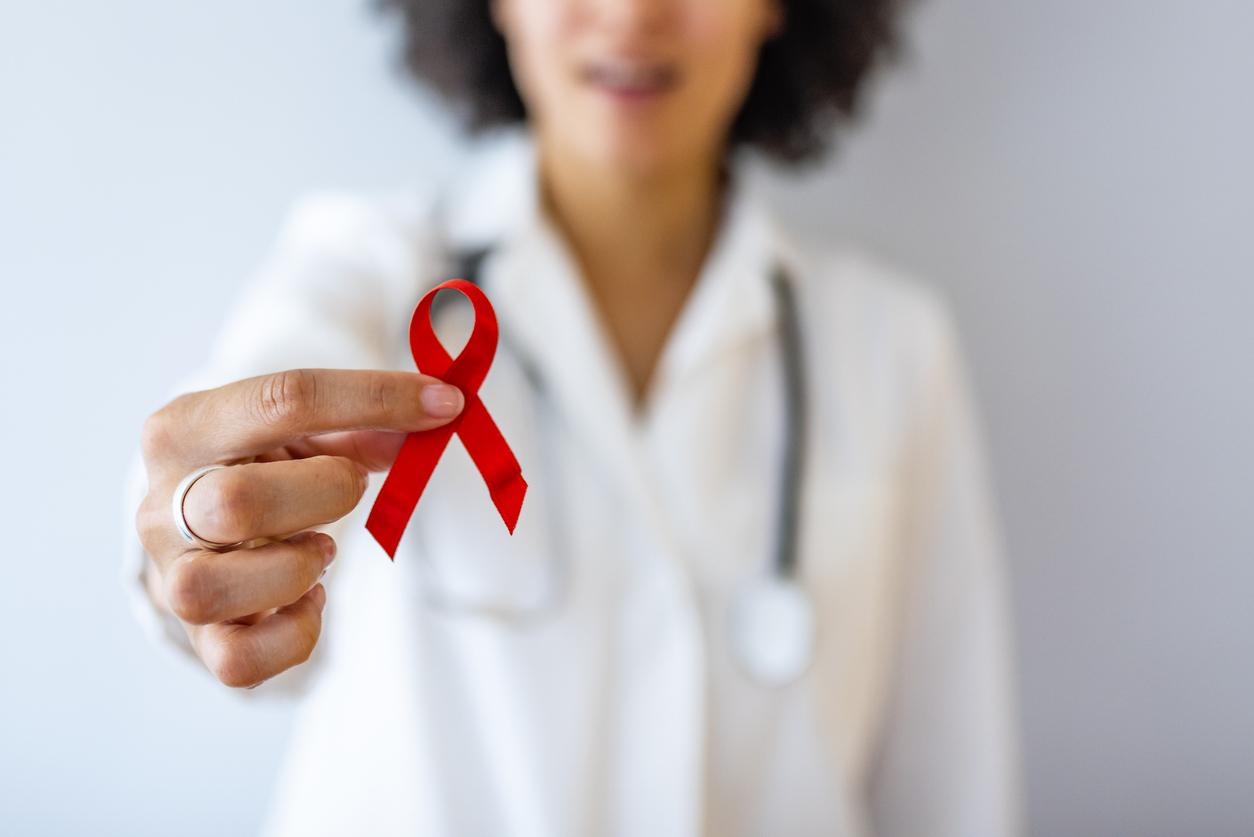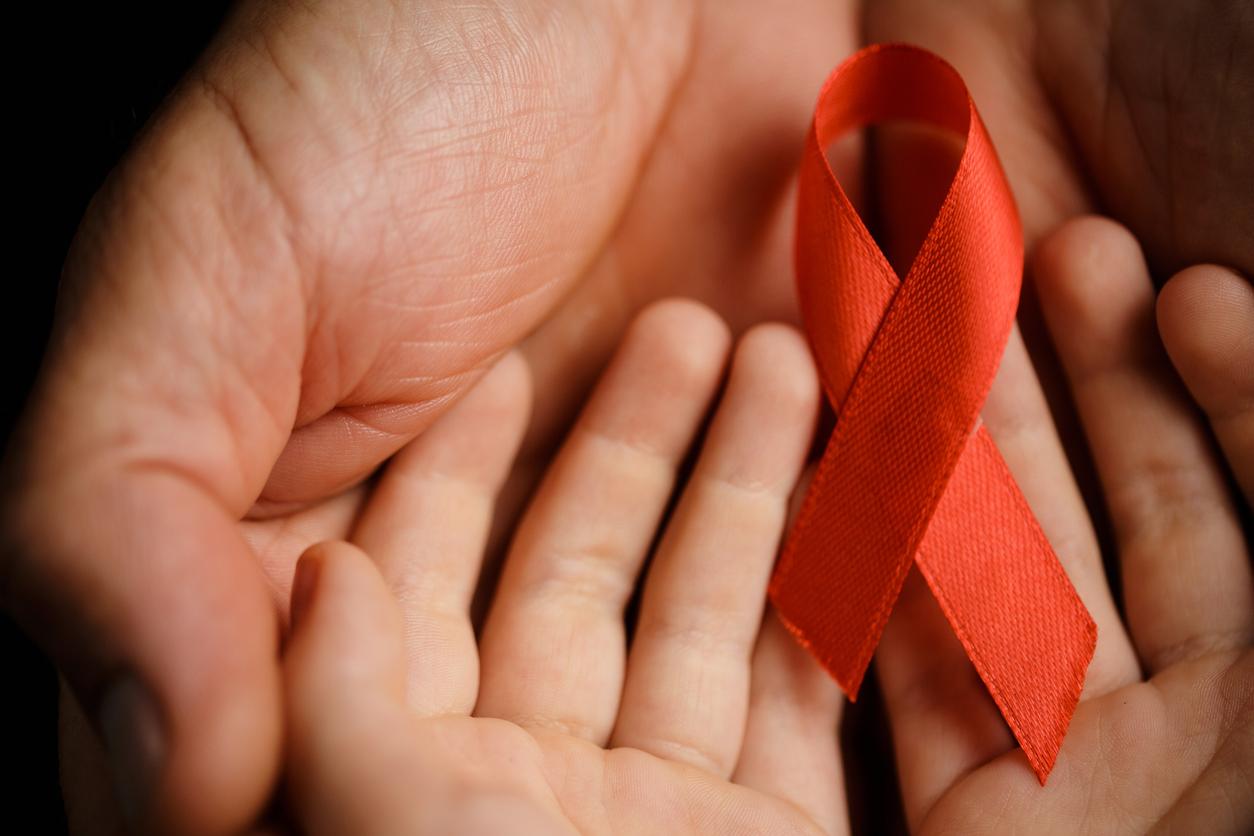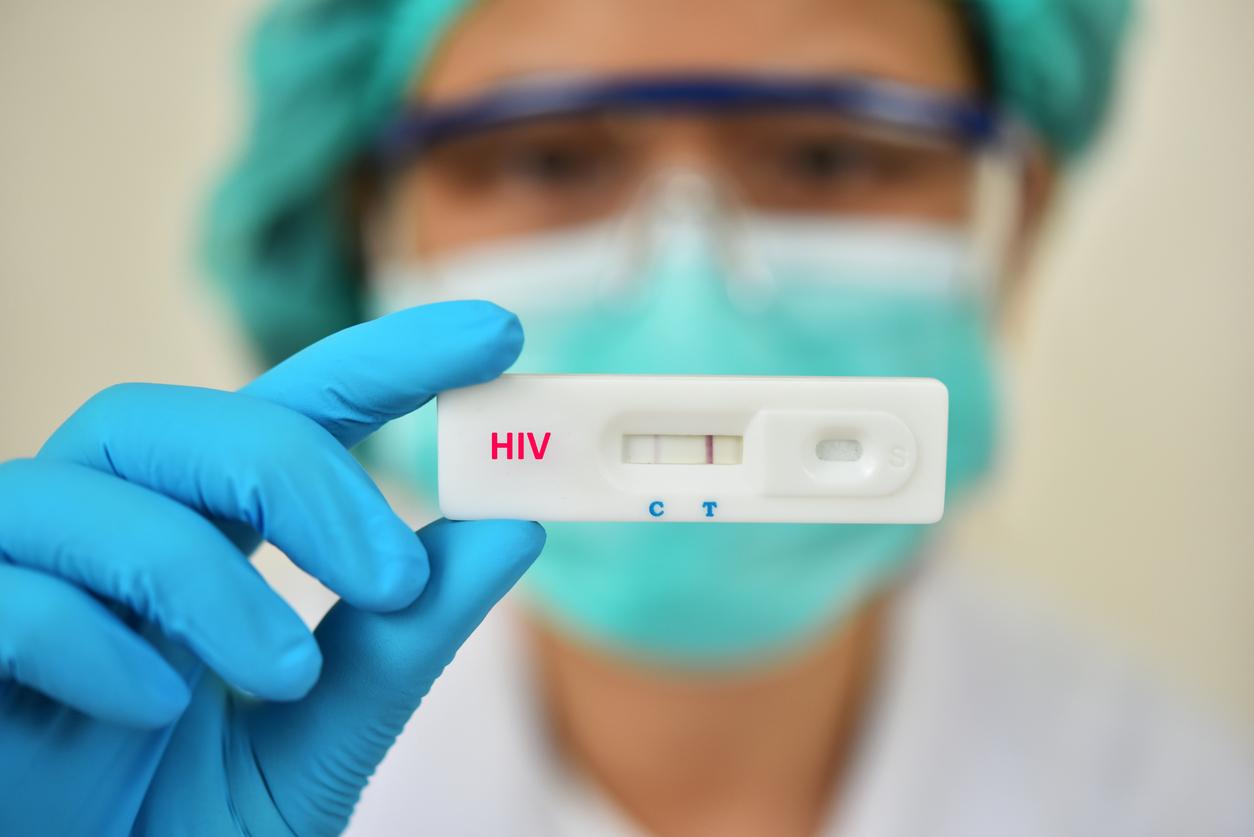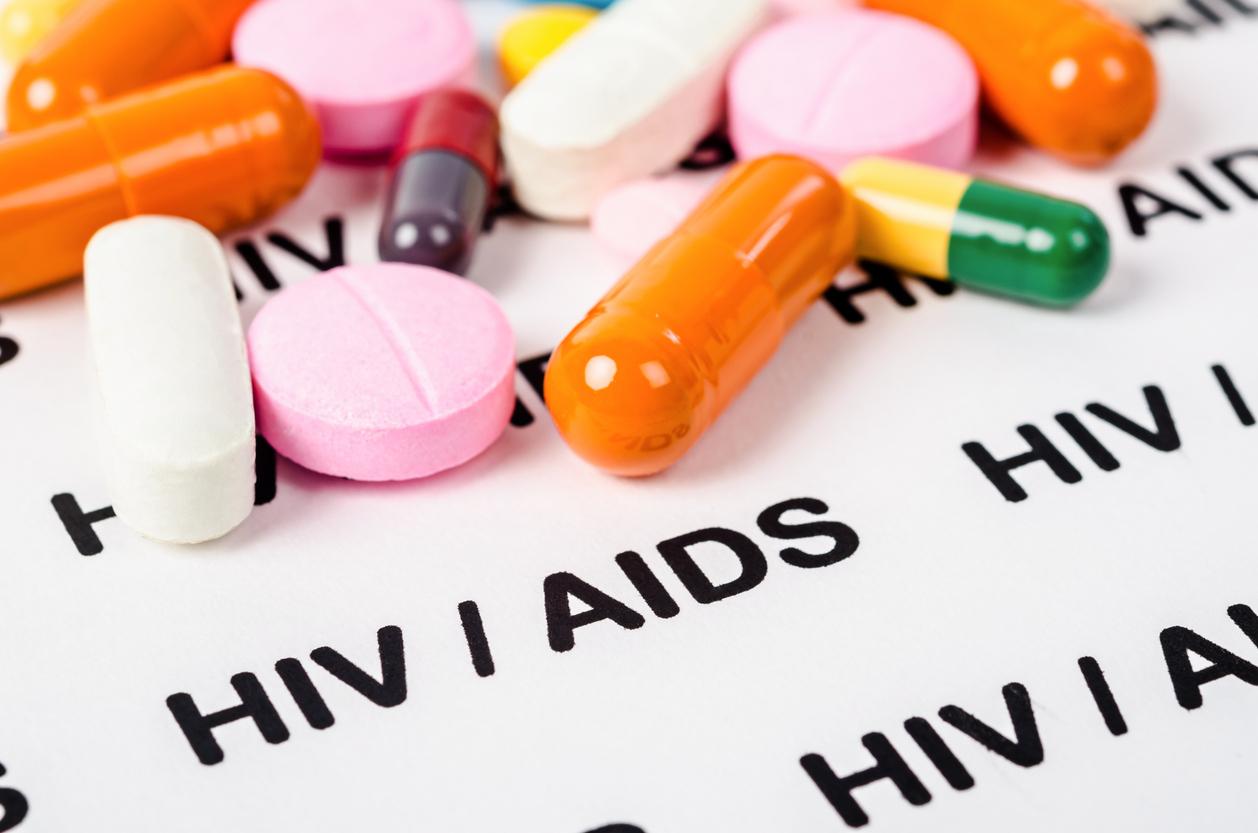An increasing number of screenings, more and more positive screenings… but still as many seropositive people who ignore each other. The record regarding HIV testing is mixed.
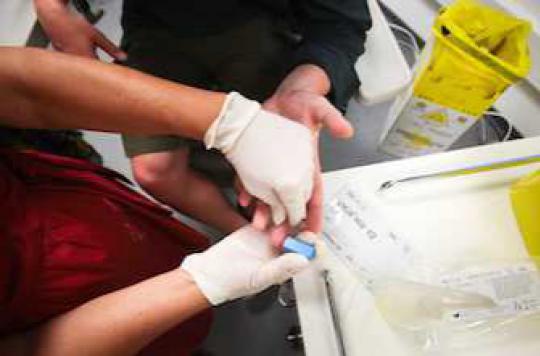
Medical analysis laboratory, anonymous and free screening center (CDAG), community structures, self-test… There is no shortage of means to get tested for HIV. We are detecting more and more, according to the last Weekly Epidemiological Bulletin (BEH) of the Institute of Sanitary Watch (InVS). But the populations that choose to check their HIV status are often the same.
56,500 diagnostic-oriented rapid tests
In 2013, medical analysis laboratories performed 5.2 million HIV serologies. The CDAF carried out 344,000. 56,500 rapid diagnostic tests (TROD), provided by the associations, were also performed.
If we detect more, it is in part thanks to the arrival of TROD on the “market” of available tests. In addition to being fast, they allow associations to approach people at risk outside the health system. In any case, that was the objective of the organizers of Operation Flash Test., which was held in various regions (Île-de-France, Provence-Alpes-Côte d’Azur, Rhône-Alpes, Guyana) for a week. The areas chosen are among those where there are the most positive screenings.

Source: BEH
Thanks to this growing coverage of the population, the number of positive tests is increasing (+ 7% between 2011 and 2013). According to François Bourdillon, director of the InVS, this suggests that “the screening proposals would be better targeted, in particular thanks to the community actions of TROD. “Even if the BEH reveals that the proportion of positive tests is higher when they are carried out in the CDAGs.
|
30% of HIV-positive people ignore themselves Every year, 7,000 to 8,000 new HIV infections are documented. “Despite numerous efforts to prevent and promote screening, the number of people unaware of their seropositivity is not reduced”, deplores François Bourdillon, director of the InVS in the editorial of this BEH. Another major problem: 30% of people who find out they are HIV positive already have a low immune level. And for good reason: an HIV infection remains asymptomatic for 10 years. |
The limited success of Flash Test
In addition, the public affected by the Flash Test operation “does not really differ from the one who is screened in the context of community actions organized regularly, contrary to what was expected and sought”, recognizes François Bourdillon in his editorial.
The lack of diversity is precisely the main pitfall of screening: populations at risk on the fringes are often the same. 27% of people who used a TROD between 2003 and 2013 were migrants, 30% of men who have sex with men (MSM), 5% of injecting drug users and 2% of prostitutes. On the Flash Test side, we note “a comparable proportion of people of foreign origin, but less MSM and IDUs (injecting drug users, editor’s note) than in the community screening actions carried out in 2013”, according to an article in BEH devoted to the results of the Flash Test operation.
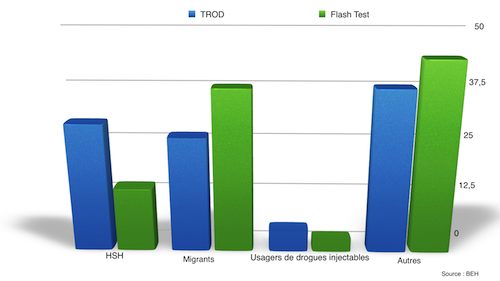
Failure of generalized screening
Generalized HIV testing, advocated by the High Authority for Health (HAS) is far from achieving the expected success: “The new recommendations recommend offering a screening test to the entire population aged 15 to 70 years, excluding concept of exposure to a risk of contamination or a particular characteristic “, wrote the HAS on its site in 2010. “On this point, the general practitioner has a crucial role to play. “A visibly poorly fulfilled role:” the proposal for screening generalized to the general population (…) has not been widely applied, as shown by the slight increase in screening activity in 2011 and its stability over the two years following ”, pin the BEH. A group of experts also underlined in 2013 the lack of mobilization of professionals. Not to mention that this approach immediately excludes populations at risk who have left the health system, such as irregular migrants.
Community actions help to get some people out of this gray area in which no screening is offered, concludes the BEH. But even there, a limit is quickly imposed, as is its solution: “Leading MSM who are distant from gay community lifestyles to follow the recommendations implies a diversification of the arguments of incitement and of the screening tools, in which the self-test can be a lever. A valid statement for other groups at risk.
.








